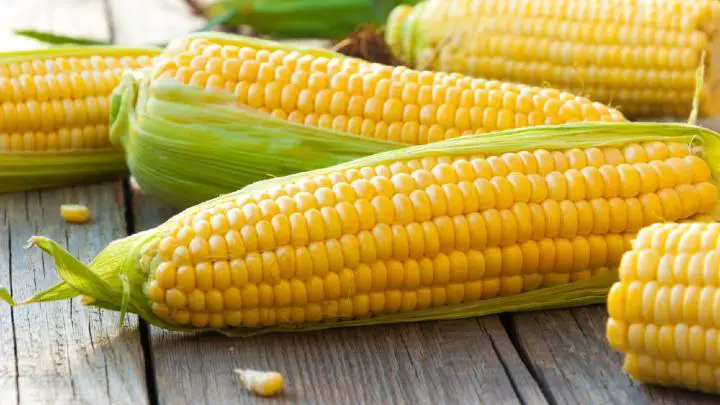The last time you likely had time to examine the various parts of corn on the cob was in high school.
This is one of the topics treated in biology, and it is rather enjoyable if you love science.
Understanding how the corn you practically see at every Thanksgiving and Christmas dinner table comes to be is an intriguing topic.
As a result, this article goes down memory lane for corn lovers who wish to learn more about the many parts of corn on the cob; but without the confusing botanical names.
What is corn on the cob?
The central core of the corn ear, which is also known as maize, is also referred to as a corncob, cob of corn, or corn on the cob. The kernels develop in this area of the ear.
Young ears, also known as baby corn, can be eaten raw, but as the fruit matures, the cob toughens, and only the kernels are safe to eat.
Different parts of corn on the cob
There are various parts to corn on the corb, some of which can be used in food differently. Corn comes in different natural species, and each species can reach a range of heights.
Whatever variation of corn you have, they all share the same fundamental structure. The root system, stalk, husk, silk, leaf, tassel, and the most well-known part, the cob, make up the actual corn plant.
1. Kernels
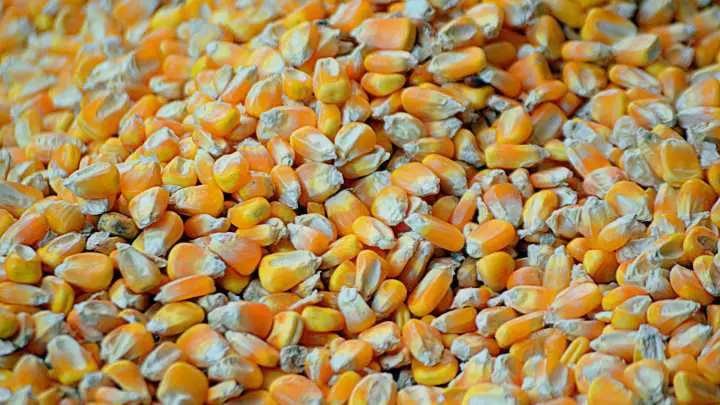
The seeds, also known as the plant’s fruits, are all connected to the corn’s core and are known as kernels. In addition to being edible, they can serve as a seed source for new plants.
Corn kernels are used to make food products and there are roughly 16 rows and 800 total kernels in one ear of corn. The endosperm, germ, pericarp, and tip cap make up each kernel.
The tip cap, which is connected to the kernel’s point, is a little-known component. It aids in transferring nutrients and water because it is directly attached to the corn. The tip cap also contains fiber and is not protected by the pericarp.
The pericarp is the structure that covers and aids in defending the entire kernel. It is also known as a fruit wall. The moisture and nutrients in the kernel are naturally supported by this barrier-like protective layer. About 91% of the pericarp is made up of fiber.
The germ, the only living part of a corn kernel, is frequently referred to as the kernel’s embryo. The genetic material for the entire corn plant, nutrients like vitamins and minerals, and enzymes are all found in the germ.
The endosperm follows, making up about 82% of the dry weight of the kernels. The most utilized part of the kernel is the endosperm, which is dense with starch.
SEE: Is It Bad To Eat Popcorn Kernels?
2. Ear

The actual corn kernels are located in the structure known as an ear. The structure has inside it yellow kernels with a hard center.
3. Husk

The leafy green portion that envelops the ear of corn is known as the husk or corn hull. It serves as a barrier against all environmental factors like dust, weather, animals, and insects.
Sometimes, there is confusion about what parts constitute an ear of corn because corn ears can be sold with or without the husk. Undoubtedly, it is a part of corn on a cob.
Corn husks can also be used in many different cuisines to wrap ingredients and add flavor.
4. Silk
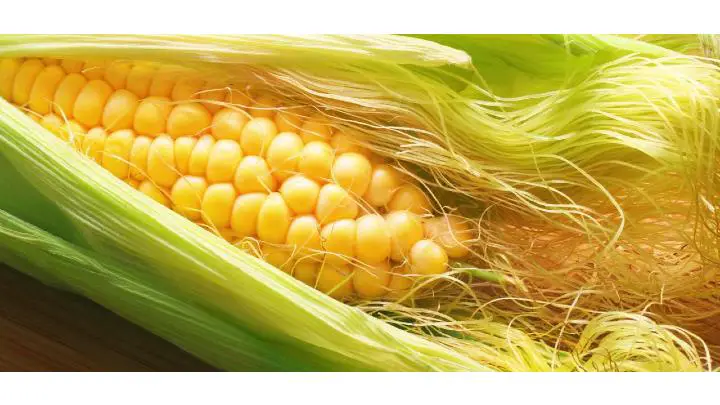
The corn ear’s ovary is where the silk, a hollow tube, is produced. The long golden-brown strands that emerge from the top of each ear and grow outward are telltale signs of the silk.
Each kernel has a unique strand that aids in pollination or increases the likelihood of being pollinated.
SEE: Get a BOGO Offer or Free Meal at M&M Food Market
Other parts of a corn plant
Aside from the main parts of the corncob, the roots, stalks, tassels, nodes, and leaves all play key roles in the production of a good corncob.
Roots
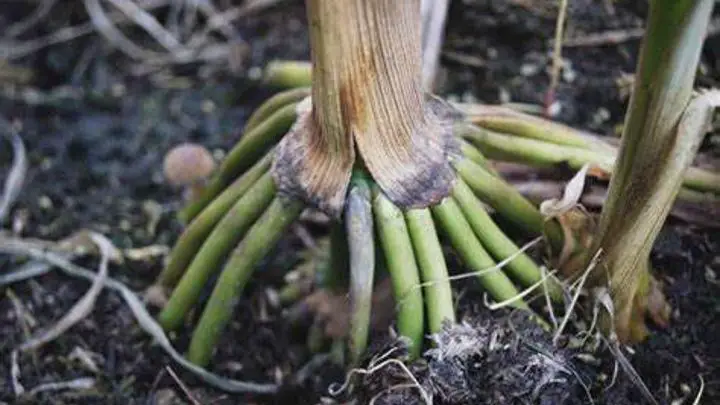
Crown roots and prop roots are the two types of corn roots that grow. These roots are cautiously tended to prevent the plant from devoting all its energy to root growth rather than grain production.
The plant receives water and nutrients from its crown roots. These roots penetrate the ground and aid in stabilizing the plant.
Prop roots also referred to as brace roots, develop right on top of the soil and give the plant more support. However, it does not add any nutrients like crown roots.
Stalks

The main body of a corn plant is its stalk. The most significant roles of the corn plant are played by the stalks.
It aids in the movement of oxygen, water, and nutrients throughout the plant. It transfers nutrients from the roots to the leaves and the cob while transferring solar energy from the leaves to the roots.
To develop a healthy plant, these processes must be consistent for the corn plant. Naturally, the stalk also offers a reliable framework for sustaining the weight of the other parts of the plant, especially the large corn ears.
Nodes

Nodes are very important, even though they aren’t always a big, obvious part of a corn plant. A node is an area on the plant’s stem (or stalk) that initially resembles a tiny bump.
This lump eventually turns into a corn ear, leaf, root, or tassel. The corn plant is formed and shaped by these nodes.
Leaves
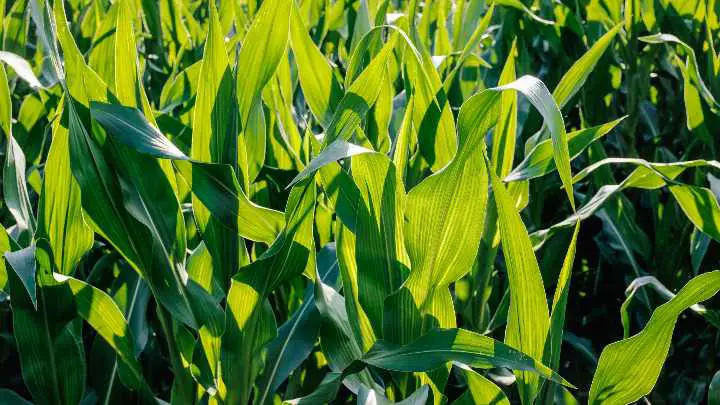
On their stalk, corn plants have 16 to 19 leaves. Before the plant tassels, about five of the leaves drop off.
These long, upward- and outward-growing leaves give the plant a very large-looking appearance.
The leaves are also a crucial part of the plant because they catch the sunlight and are the site of photosynthesis.
SEE: Does Popcorn Also Expire?
Tassels
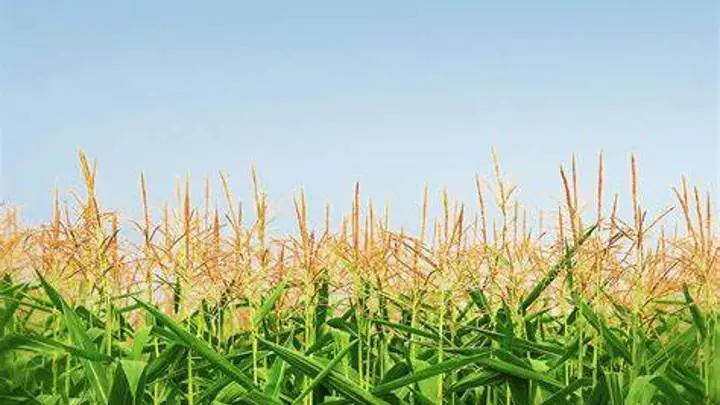
The male component of a corn plant that produces pollen is called a tassel. It looks like tiny fingers and grows at the top of the corn plant.
To fertilize corn ovaries and produce new corn, pollen is necessary. This pollen moves to the ovaries by adhering to the silk.
How to boil corn on the cob
Sweet, fresh corn is what you will need to boil your corn on the cob. If you have a pot big enough to completely submerge all parts of the ears, use it to cook as many as you want.
Take the corn’s husks off
Throw away the silks – the fine strands that hold fast to each ear of corn – and the green corn husks. Bring a big pot of water to a boil while you work.
Cook the corn next
- The corn should be added to the boiling water and cooked, with the lid off, until the kernels are soft and golden.
- You’ll need to boil corn on the cob at a different time limit, depending on how much corn you are cooking and how you like your corn.
- Boiling will usually take about 3 to 5 minutes. After this, you can turn off the heat once you are sure the corn is soft enough.
- Then leave the corn in hot water to keep warm until you are ready to serve it.
Serve corn
You can take the corn out of the pot and place it on a serving platter. Serve it with your preferred seasonings like butter, salt, and pepper.
How much corn is on an average cob?
In general, one medium-sized ear of corn produces about 3/4 cup of corn, but the amount of corn per ear can vary from ½ cup to 1 cup, and it may be more if you buy corn cobs from a direct farm-to-market place like a county fair.
FAQs
What are the pieces of corn called?
The fruits of corn are the pieces of corn, which are referred to as corn kernels.
Do you shuck corn or husk corn?
Corn is shucked, not husked. Peeling the corn husk off is known as shucking.
To prevent drying out, wait to shuck your corn correctly before you use or cook it. Remove the green husk and throw it away (unless you plan to grill or roast the corn).
Can humans eat corn cobs?
Yes, humans can eat corn cobs. Baby corn or young ears can be eaten raw, but as the plant gets older, the cob gets tougher, and eventually, only the kernels remain edible.
Once the cob gets older, the corncob can either be removed from the field as part of the corn stover or collected as part of the ear (which is required for corn on the cob).
How much time do you boil corn on the cob?
Unhusked corn should be boiled for ten minutes in boiling water. You can wait until the ears are cool enough to handle them or use tongs before removing the husk. You’ll notice that husking cooked corn is simpler than husking uncooked corn.
Conclusion
The ear, husk, silk, and kernels are the most important components of corn on the cob. They are the crucial parts that make up a corn cob.
However, the root, stalk, nodes, leaves, and tassel all contribute to the growth of corn on the cob. There will be no corncob without these other parts which play the reproductive role before the cob’s growth.
So when boiling corn on a corb, you should be able to remember these parts correctly.
Thank you for reading.
If you enjoyed reading this article, view Cheffist for more.
